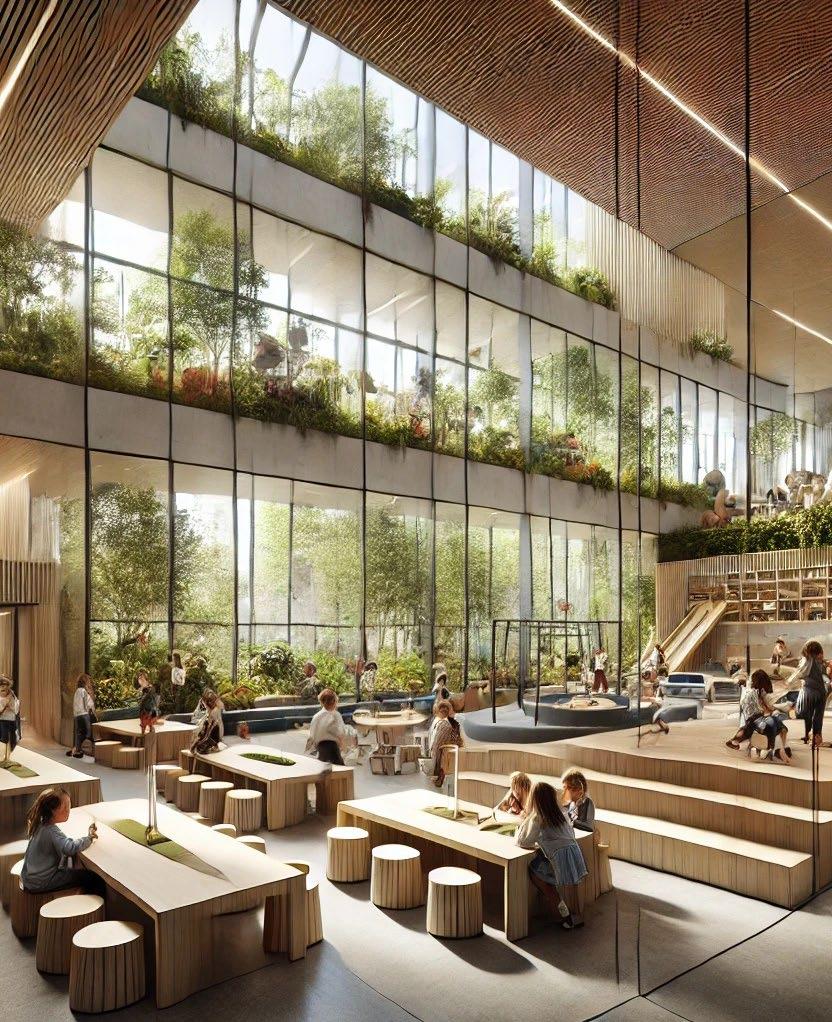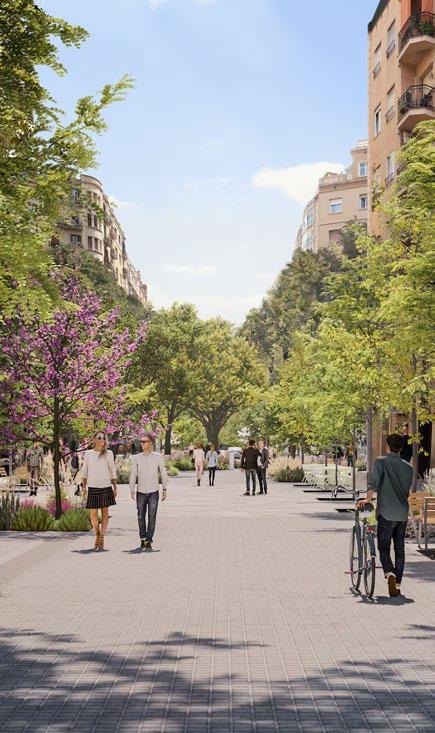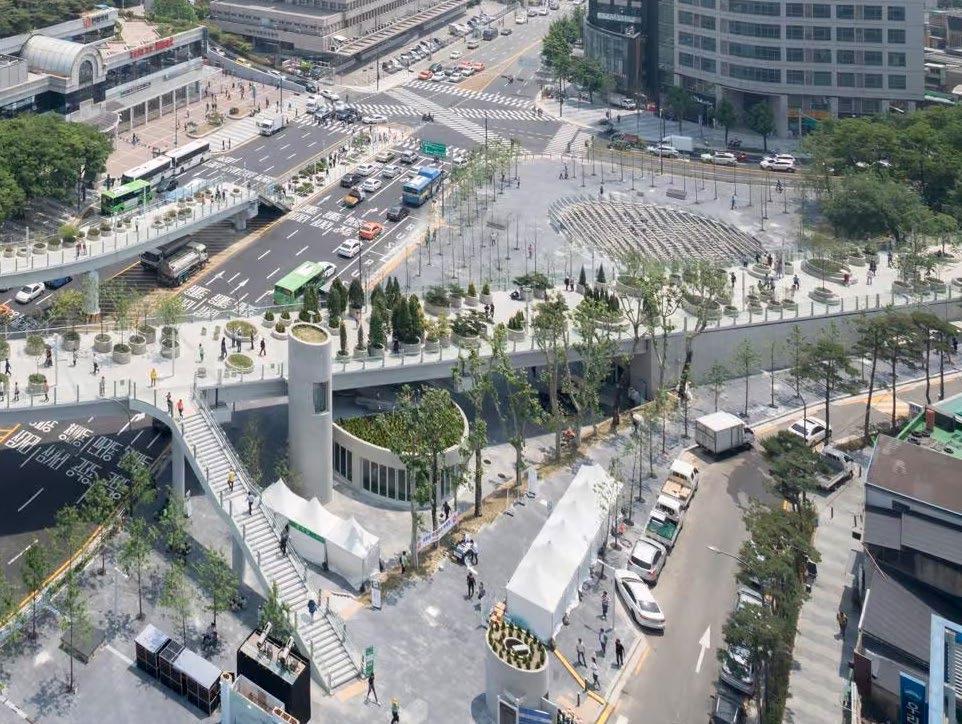
3 minute read
Architecture that humanizes by.- Isabel Martín del Campo
ARCHITECTURE THAT MAKES A CITY
A humanized city is not an abstract ideal. It is a concrete possibility. A sensitive design that understands that inhabiting is not simply occupying space, but being embraced by it.
Being a humanized city means that daily life flows without obstacles, neither mental nor material. There are no corners that whisper of danger. There are no desolate corners or interrupted sidewalks. There are no high walls that segregate or bars that suspect the other. Instead, there are streets that connect, lampposts that accompany, trees that shelter. A humanized city is one where the body does not contract out of fear, but expands out of trust.
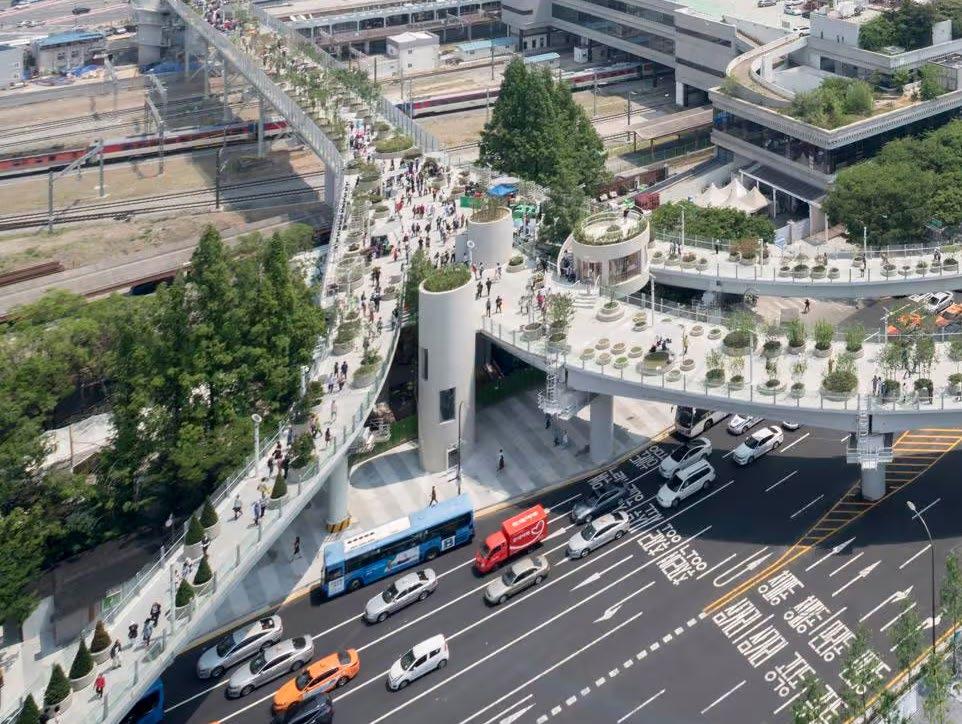
It is also a city that does not allow us to isolate ourselves. That does not permit indifference. A city where every step introjects an inevitable human interconnection. Because everything is arranged for the encounter: the park, the bench, the art on the wall, the library on the sidewalk, the small business that recognizes you by name. In every space, an opportunity to look and be looked at with dignity.
A humanized city doesn’t force its neighborhoods to close themselves off behind walls. It doesn’t reinforce the logic of fear. On the contrary, it opens its neighborhoods to the possibility of intersection, of coexistence. Streets aren’t fenced off: they intertwine. Buildings aren’t isolated: they dialogue with each other to create atriums, corridors, shared shadows. Public space isn’t what remains behind the private sphere: it’s the vital center of the urban fabric.
In such a city, the car isn’t king. The pedestrian is the protagonist. And every stretch traveled is an act of trust: cars stop, roads are safe, sidewalks are wide and tree-lined. Vegetation isn’t adorning, but rather lives and gives life. It releases oxygen, fosters pollination, and maintains humidity. There is no litter because there is no neglect. There is no abandonment because there is community.
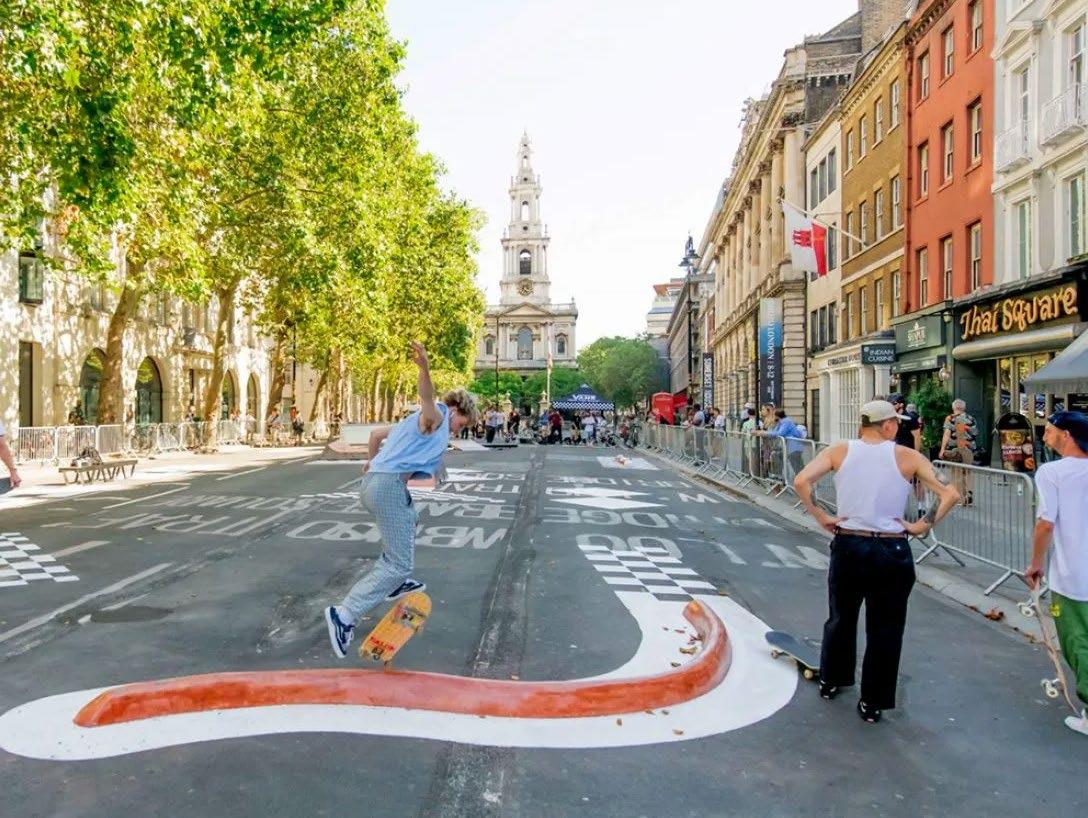
Humanizing the city is, at its core, restoring its ethical vocation. It means ceasing to design from fear or blind efficiency. It means imagining environments that restore our desire to live together, to become a society again.
Because every city—if it wants to be worthy of being called home—must aspire to be more than just functional: it must be livable, sensible, and shared. It must be, in every aspect, an affirmation of humanity. Humanizing the city is also an act of resistance to global dehumanization.
